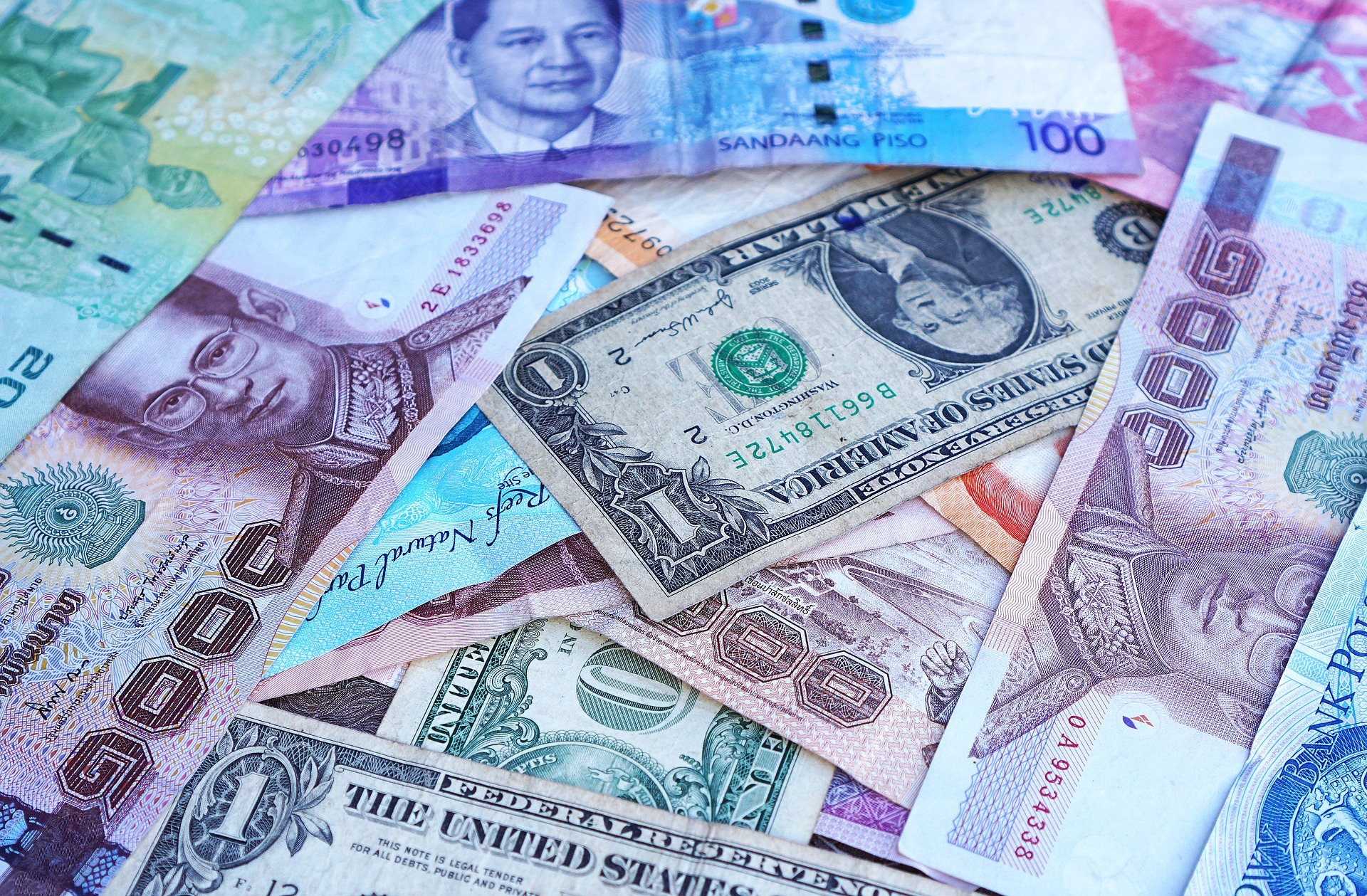#edgeforex #forexsignals #forextrading #forex #currencies #jpy #usd #gbp #eur #empirestate #fed #centralbank #cryptocurrency #bitcoin forex
Forex
- The GBP is the strongest currency, while the JPY is the weakest.
- The USD is slightly higher.
- The US and European markets are closed, but the forex market is still open. The GBP is the strongest currency, while the JPY is the weakest.
- The major currencies are all very close together, with the JPY being the most notable outlier as it continues its upward trend and trades to a new high dating back to 2002. With US interest rates continuing to rise, the spread to Japan equivalent yields remains wide.
- The spread between the US 10-year yield and the Japanese 10-year yield is currently 253 basis points, which is close to the recent cycle high of 2.588.
- At 9:15 a.m. ET, the Federal Reserve will release data on industrial production and capacity utilisation.
- It also appears that the April NY Fed Empire State Manufacturing Index will be released at 8:30 a.m. ET.
- The following are the IP and capacity utilisation expectations:
- capacity utilisation was 77.8 percent versus 77.6 percent last month; and industrial production was 0.4 percent versus 0.5 percent last month.
The New York Fed Empire manufacturing index is expected to be 0.5, up from -11.8 last month.
Bitcoin is currently trading (it never closes) at $40,235, up $321 on the day.
USD/JPY
- The USDJPY has reached its highest level since May 2002. The pair is at or near a 20-year high.
- All other highs have been broken
- The USDJPY is trading higher today, having broken through the June 2015 high of 125.86 and the Wednesday high of 126.31.
- This raises the price to its highest level since May 2002, nearly 20 years ago. There is some space between the current price of 126.46 and the high of 128.92, but not much.
- Central bank rate policy is driving the upward trend.
- The Fed intends to implement a series of tightenings in order to return to the neutral rate (at least) of around 2.50 percent (and may have to go higher).
- The Fed is expected to raise rates by 50 basis points at its next meeting in March, followed by another 50 basis points in June (the current rate is 0.50 percent ).
- Meanwhile, the BOJ is content to maintain the status quo and is actively seeking to limit the movement of their yields.
- As a result of this dynamic, yield spreads between US and Japanese debt instruments have widened.
- One strategy that rarely works, especially in a trending market, is to believe that “the market is way overbought, so the only trade is to sell.”
- A better strategy for traders is to say, “The market is overbought, but sellers must demonstrate that they can regain control.”
- The price high from Wednesday’s trade reached 126.31 on the hourly chart. A return to and retention of that level would provide sellers with a level to lean against.
- Sellers would demonstrate their ability to win a battle by dropping below that level and remaining there.
- Alternatively, the rising 100 hour moving average (blue line in the chart above) currently at 125.684 would be another level to reach and overcome, increasing the bearish bias.
- Yesterday, the price moved down to test the 100 hour moving average, but it only dipped below the moving average line by a few pips before rotating back to the upside. Sellers who sold below the level would almost certainly cover on a move back above the moving average level as momentum increased (hence the fuel for more upside momentum).
- Nonetheless, moving below the 100 hour moving average and staying below it in the future would be indicative of potentially more corrective downside probing from overbought conditions. That would be one way for sellers to demonstrate their ability to reclaim more control. Trends move quickly, are directional, and tend to go further than traders anticipate.
- Also, in trending markets, the most money is lost, so avoid trading against the trend unless you have real technical reasons, such as the reasons outlined above with risk defined.
- It is not an option to sell simply because the price is too high and “overbought.” Remember that an overbought market becomes more overbought as it continues to trend. That is what a trend move accomplishes.
- Also, keep in mind that you are under no obligation to sell. Instead, try to ride the trend by purchasing against support. Buyers who leaned against the 100 hour moving average near 125.15 yesterday are looking for 126.48 today.

